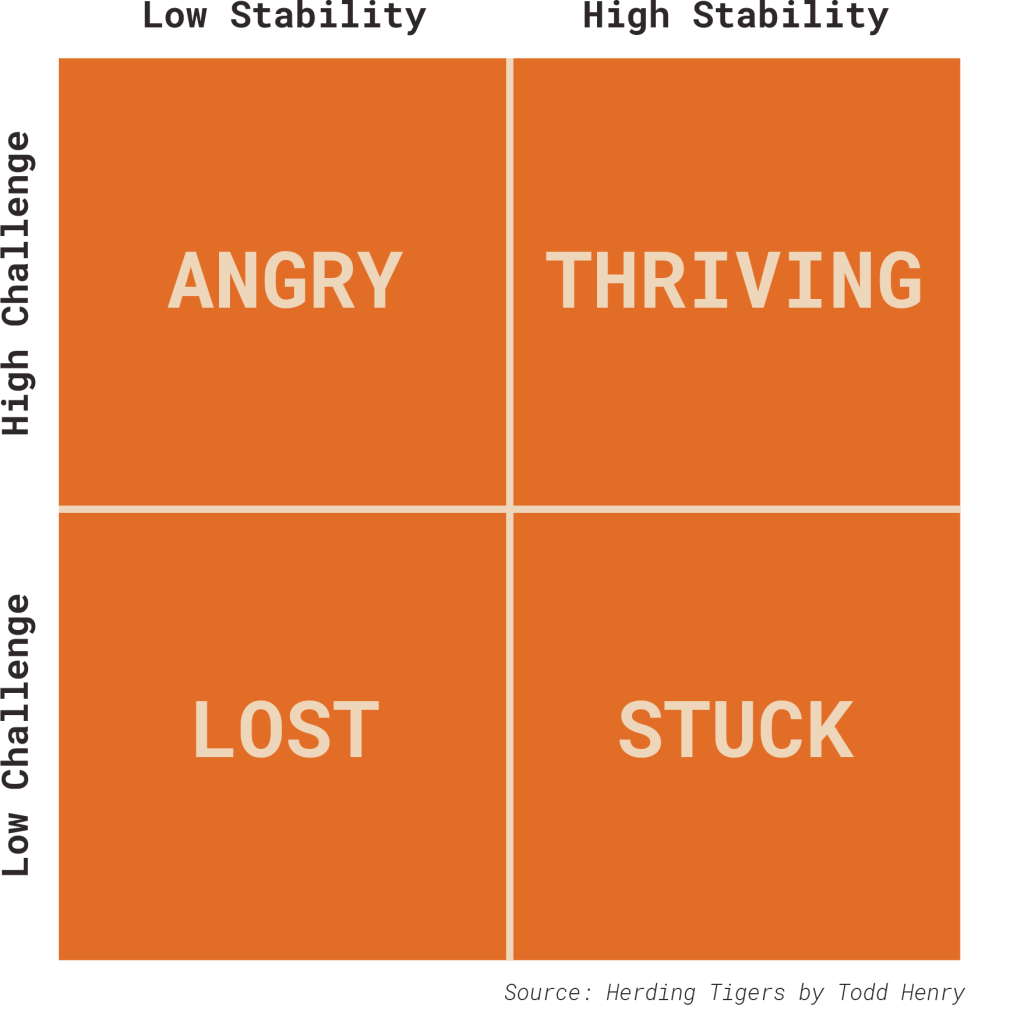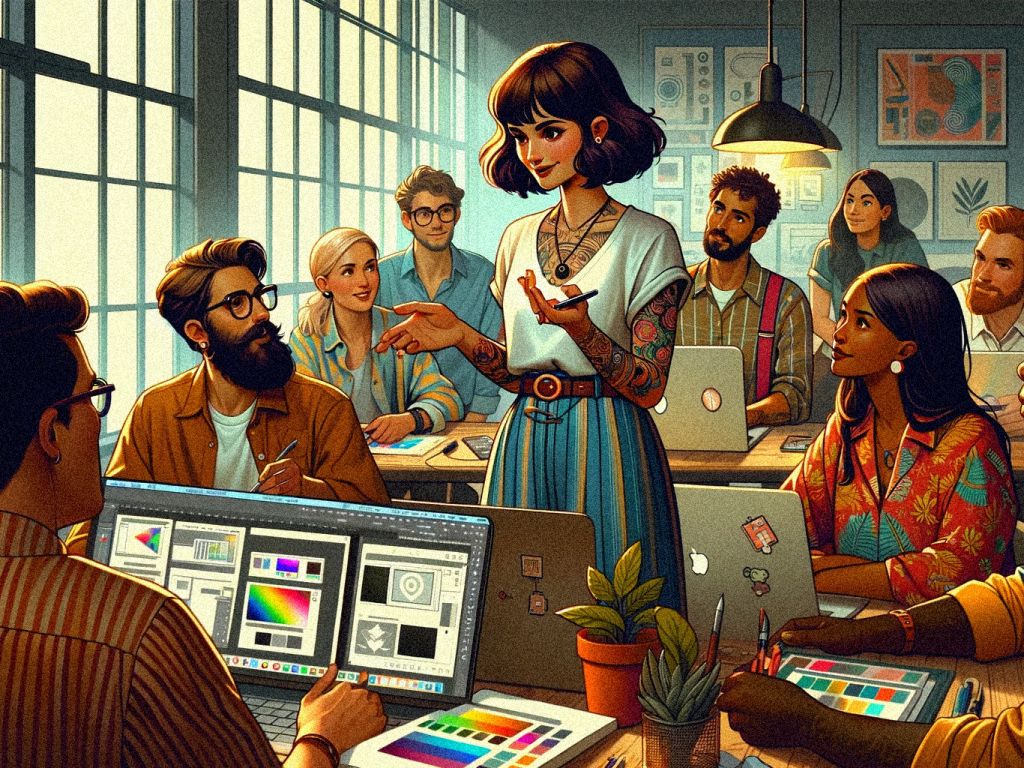
Denver's New Creative Studio
Branding, design, in-house creative team training residencies, workshops & more!
Schedule a free consultation with our team, let’s make things happen.

Join Our Newsletter
Our newsletter delivers honest insights, practical tools, and gentle reminders that better design work begins with better working conditions. No filler, no pressure—just clarity and care, straight to your inbox.
“A Creative Director’s role is to provide three things: Focus, Function, and Fire.”
–Todd Henry, Herding Tigers
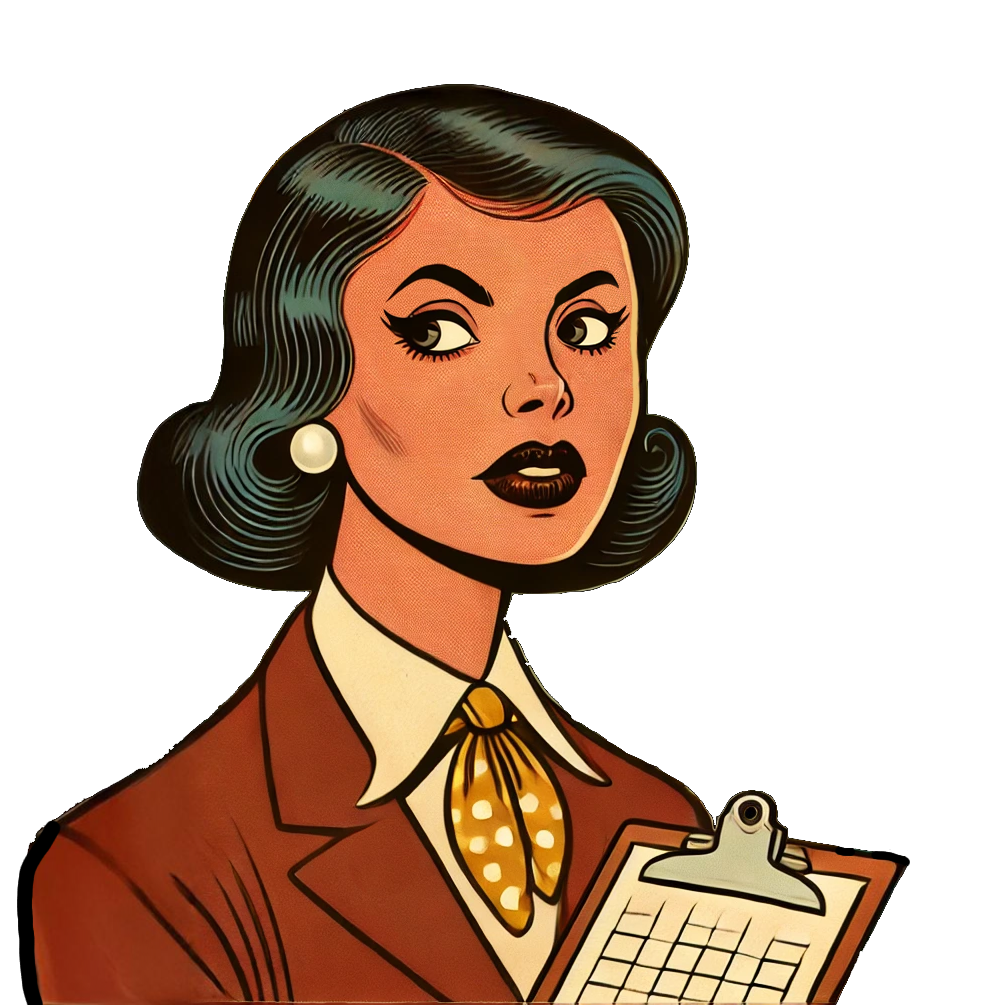
What exactly does a Creative Director do?
AI Optimization
We examine what can be optimized with the use of Ai. We stay on top of technology updates that may benefit your teams.
Brand Strategy & Consistency
Manage every aspect of a brand's visual and verbal identity.
Client & Resource Management
Manage resources, including budgets, clients, timelines, and talent.
Art Direction
Art direction & feedback, guiding your team through the creative process from concept to execution.
Team Leadership
Train, inspire & motivate creative teams. We set objectives and expectations, but we also place emphasis on helping each team member work towards their career goals.
File Management
Lead and enforce file management, storage solutions, naming conventions, & file sharing platforms.
Cross-Functional Collaboration
Facilitate collaboration & communication between all teams. We liaise with stakeholders from all departments, including marketing, sales, product development, etc.
Quality Control
We maintain strict quality control standards to uphold the integrity & consistency of creative work. We review and approve all creative outputs, providing feedback, revisions, & guidance.
Result Measurment
Track key performance indicators (KPIs) and metrics to track the effectiveness of creative initiatives, making data-driven decisions to optimize performance and ROI.
Risk Mitigation
Identify potential risks & challenges early in the creative process, proactively addressing issues to minimize disruptions & ensure project success
Training & Development
Invest in the professional development of creative teams, providing training, mentorship, & opportunities for growth.
Workflow Optimization
Develop and streamline workflows & processes to ensure smooth project execution from concept to delivery without bottlenecks.

Understanding the Challenges of Creative Team Dynamics In Detail
Creative teams are the lifeblood of any organization that relies on creative ideas, compelling storytelling, and impactful design to differentiate its brand. However, even the most talented teams can face challenges that hinder their ability to perform to their best ability. It’s important to recognize that these challenges are not uncommon, and they do not reflect a lack of talent or potential within the team. Rather, they are often the result of systemic issues that can be addressed through thoughtful leadership, strategic realignment, and a renewed focus on collaboration and communication.
Ambiguity in Vision and Goals:
One of the most common issues within creative teams is a lack of clarity around the overarching vision and specific project goals. This often results in a scattergun approach to projects, where the team might produce work that is creatively sound but fails to align with the brand’s mission or resonate with the target audience.
Fragmented Communication Channels:
Misaligned expectations, unclear briefs, and sporadic updates can lead to a cycle of revisions, causing frustration and inefficiency. In these situations, team members may feel they are working in silos, which undermines the collective creative energy needed for innovation.
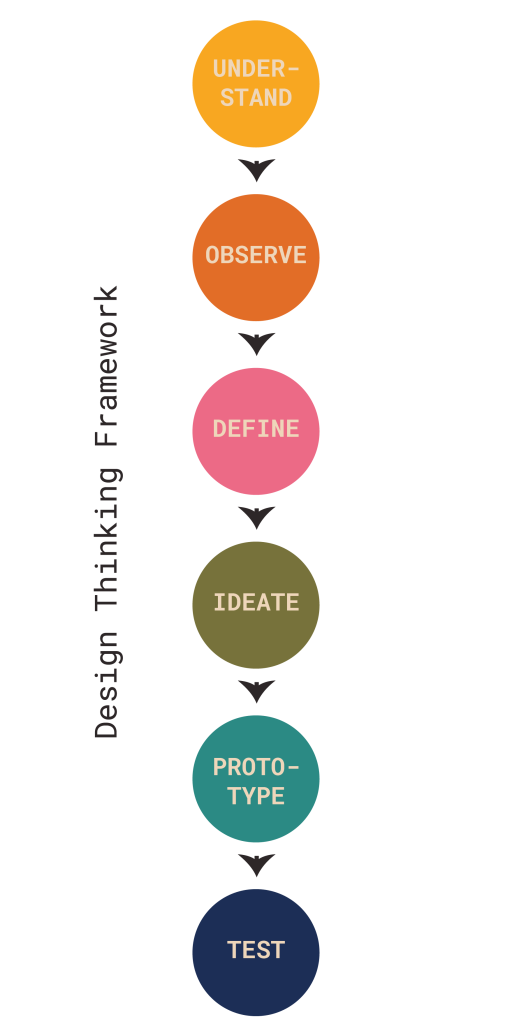
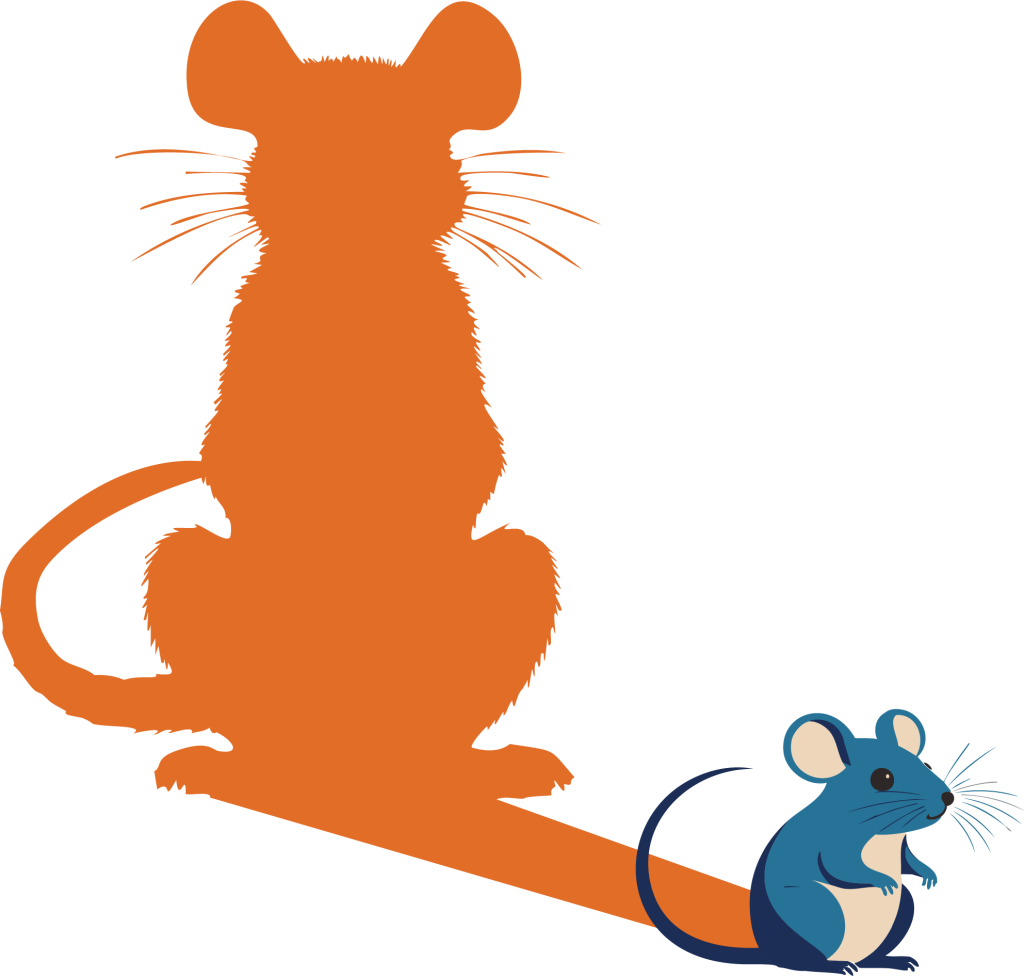
Fluctuations in Quality and Consistency:
Another telltale sign of a struggling creative team is variability in the quality of their output. This can manifest as some projects being executed with precision and excellence, while others fall short of expectations. Inconsistent quality is often a symptom of deeper issues such as insufficient resources, lack of standardized processes, or varying levels of engagement among team members.
Low Morale and Creative Fatigue:
Creative work is inherently demanding, requiring continuous mental and emotional investment. Over time, without proper support and recognition, team members may experience burnout or creative fatigue. Symptoms include a noticeable decline in enthusiasm, a reluctance to take creative risks, and a general sense of disengagement.
Chronic Deadline Pressure:
The pressure to meet tight deadlines is a reality in many creative environments. However, when deadline pressure becomes chronic, it can lead to a reactive rather than proactive approach to work. Teams may focus on delivering “good enough” results rather than striving for excellence, which can diminish the overall quality of the brand’s creative output. Additionally, consistently working under pressure can exacerbate stress, leading to mistakes and further delays.
Resistance to Change and Innovation:
Creativity thrives in environments that embrace new ideas and are willing to take risks. However, some teams may become resistant to change, relying on tried-and-true methods rather than exploring innovative solutions. This resistance can stem from a fear of failure, lack of confidence in new approaches, or a rigid organizational culture. Over time, this can result in stagnation, where the team’s work becomes predictable and fails to keep up with industry trends.
High Turnover and Talent Retention Issues:
High turnover within a creative team can be both a symptom and a cause of dysfunction. Frequent departures often indicate underlying issues such as a lack of career growth opportunities, unsatisfactory work conditions, or misalignment with the company’s values. This instability can disrupt team cohesion and lead to a loss of institutional knowledge, further compounding the challenges the team faces.
Internal Conflicts and Fragmented Collaboration:
Creative work is often subjective, which can lead to differing opinions and occasional conflicts. However, when these conflicts become frequent or unresolved, they can create a toxic work environment that hinders collaboration. Teams may become divided, with members more focused on protecting their ideas than on working together towards a common goal. This fragmentation can erode trust and stifle the creative process.
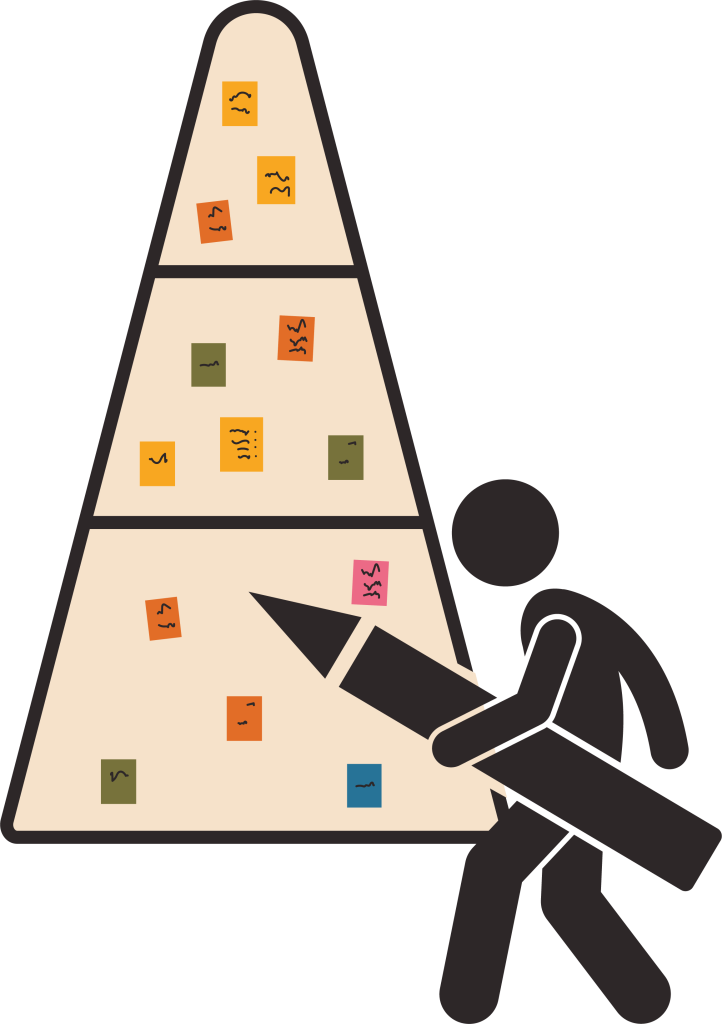
Ineffective Feedback Loops:
Constructive feedback is essential for creative growth, but when feedback loops are ineffective, it can leave team members feeling unsupported or undervalued. Ineffective feedback might include vague or overly critical comments, a lack of actionable insights, or feedback that is inconsistent with the project’s objectives. This can lead to frustration, reduce motivation, and result in work that doesn’t meet its full potential.
Misalignment with Strategic Objectives:
Finally, creative teams can struggle when there is a disconnect between their work and the company’s broader strategic objectives. This misalignment can occur when the team is not involved in the strategic planning process or when there is a lack of communication between creative and executive leadership. The result is creative output that may be visually stunning but fails to drive the desired business outcomes.
Our Residency Categories
At Charm, our flagship services are our Creative Director Residencies.
During these residencies we embed ourselves within your company, working alongside your team as one of your own.
Leadership
- Digital or On-site Assessment
- Digital or On-site Workshops
- On-site Team Training Residency
Creative Direction
- Campaign Residency
- Brand Build Residency
- Team Burnout Retreat
Brand & Design
- Strategy
- Visual Identity
- Packaging

